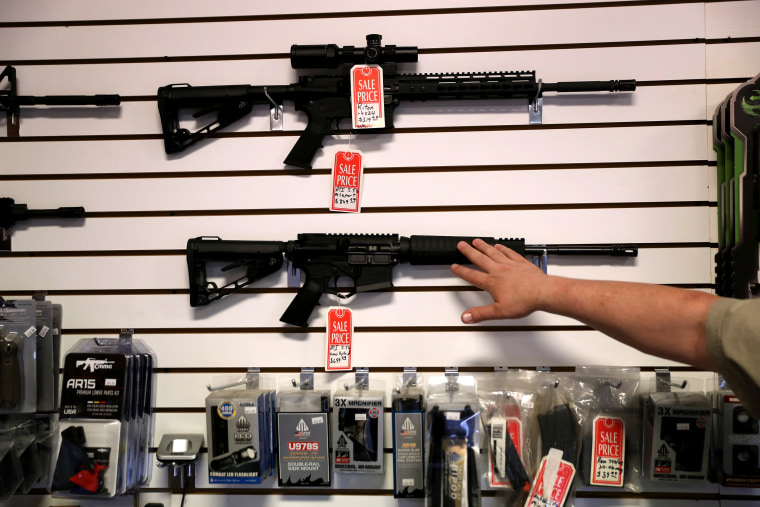In a country that has experienced more mass shootings than there are days in the year, depending on how you define “mass shooting,” the United States Supreme Court just held oral arguments in its first gun control case in almost a decade.
The case presents the nation’s highest court with the opportunity to help define the boundaries of the Second Amendment right to bear arms. The long pause in gun control cases is not an accident — the Supreme Court has turned down several cases on the subject. And it should have done so here. Instead, given the current composition of the court, the justices are likely to do more harm than good by writing an opinion that reduces the ability of the government to implement common sense gun control measures.
The long pause in gun control cases is not an accident — the Supreme Court has turned down several cases on the subject. And it should have done so here.
In 2001, New York City instituted a restrictive gun control law. The law, in part, barred people from transporting licensed handguns outside of the city, even if those people were bringing their guns to shooting ranges or second homes.
Those challenging the constitutionality of the law lost in both the district court and the court of appeals. Undeterred by those two defeats, the challengers appealed to the Supreme Court, which agreed to hear the case. This means at least four members of the nine-member court voted to hear the suit. Some conservative justices have been waiting for the court to agree to hear more Second Amendment cases. Indeed, the confirmation of Justice Brett Kavanaugh, who voted against a registration requirement and ban on semi-automatic assault rifles when he was a court of appeals judge, may have emboldened the conservative wing of the court to take the case.
But a funny thing happened on the way to the court; New York City repealed the ban. So the law is no longer in effect. If you are a licensed gun owner in New York City and you want to bring your gun to a shooting range or second home outside the city limits, you can.
Even though it won in both the trial court and the appellate court, New York City was worried about what would happen in the Supreme Court. But a narrow ruling merely striking down New York City’s now-off the books law would be unlikely to create new rights under the Second Amendment. Instead, gun control advocates are rightly concerned about the Supreme Court issuing a broader ruling, using New York City’s law as a vehicle to announce new rights for gun owners. This could hamper the ability of cities, states and the federal government to impose even relatively modest restrictions on the purchase, use and sale of guns.
There is a way to avoid this potential mess. Because the parts of the law being challenged are no longer in effect, the court can and should find that the case is moot. Federal courts are only allowed to hear live cases or controversies. Those challenging the law have argued that there is a live case or controversy for a variety of reasons, including that those subject to the law when it was in effect could still sue the city for damages, and that the law still may not allow people who are carrying licensed guns outside of the city to stop for a bathroom break on their travels. However, once a law is no longer in effect, there is a great argument to be made that there is no current case or controversy.
Today, the first question the court considered was whether the case was moot. And a majority of the hour-long oral arguments Monday were devoted to this question. After the oral arguments, there is some indication that a majority of the court views the case as moot. Only if the court decides that the case presents a live case or controversy will it reach the substance of the challengers’ Second Amendment claim.
The court is likely to rule on the case in June of 2020, mere months before the 2020 elections. Chief Justice John Roberts, the new center of the court, would be wise to avoid a controversial Second Amendment ruling in the heat of a contentious election cycle. Roberts, who worries about the court looking less like a group of judges and more like a group of politicians, may be amenable to using the escape hatch that a ruling based on mootness would provide. It would allow the court to avoid a big controversial case that could further polarize the electorate and lead to questions about the integrity of the court itself.


